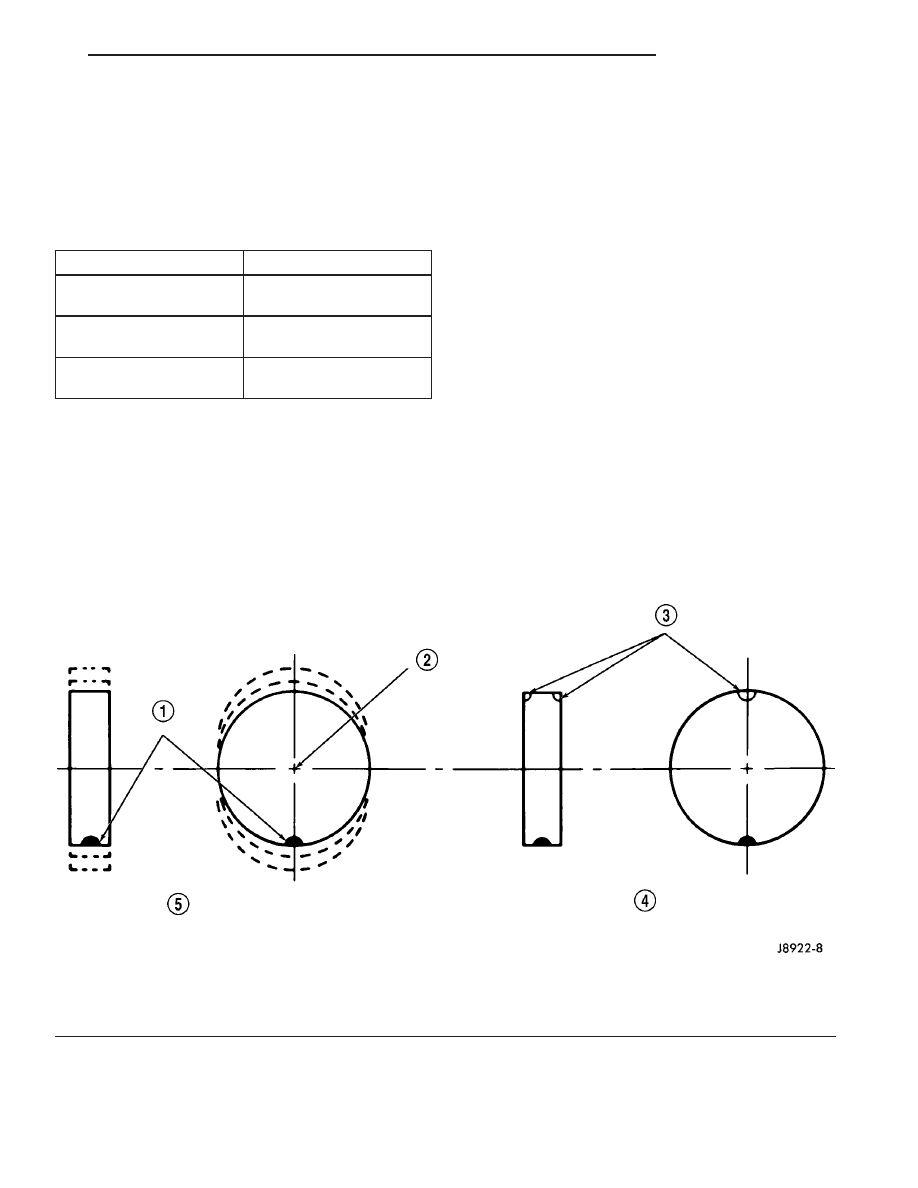Chrysler Pacifica. Manual - part 797

NOTE: When using Radial Force equipment, it is
critically important to set proper tire inflation pres-
sure and ensure centering of the wheel on the
equipment spindle.
RADIAL FORCE VARIATION REFERENCE
VALUES
DESCRIPTION
SPECIFICATION
Total Radial Force
Variation (RFV)
Less Than 22 Lbs. ± 2
Lbs.
Radial First Harmonic
(R1H)
Less Than 16 Lbs. ± 2
Lbs.
Radial Second Harmonic
(R2H)
Less Than 12 Lbs. ± 2
Lbs.
STANDARD PROCEDURE - TIRE AND WHEEL
BALANCE
NOTE: Balance equipment must be calibrated and
maintained per equipment manufacturer’s specifica-
tions.
Wheel balancing can be accomplished with either
on-vehicle or off-vehicle equipment.
NOTE: If using on-vehicle balancing equipment, on
the driving axle, remove the opposite wheel and tire
assembly.
It is recommended that a two-plane dynamic bal-
ancer be used when a wheel and tire assembly
requires balancing. A static balancer should only be
used when a two-plane balancer is not available.
Balance wheel and tire assemblies dynamically and
statically to less than 0.25 (
1
⁄
4
) ounce.
For static balancing, find location of heavy spot
causing imbalance. Counter balance wheel directly
opposite the heavy spot. Determine weight required
to counterbalance the area of imbalance. Place half of
this weight on the inner rim flange and the other
half on the outer rim flange (Fig. 8).
For dynamic balancing, the balance equipment is
designed to indicate the location and amount of
weight to be applied to both the inner and outer rim
flanges (Fig. 9).
Fig. 8 Static Unbalance & Balance
1 - HEAVY SPOT
4 - CORRECTIVE WEIGHT LOCATION
2 - CENTER LINE OF SPINDLE
5 - TIRE OR WHEEL TRAMP, OR WHEEL HOP
3 - ADD BALANCE WEIGHTS HERE
CS
TIRES/WHEELS
22 - 5
TIRES/WHEELS (Continued)